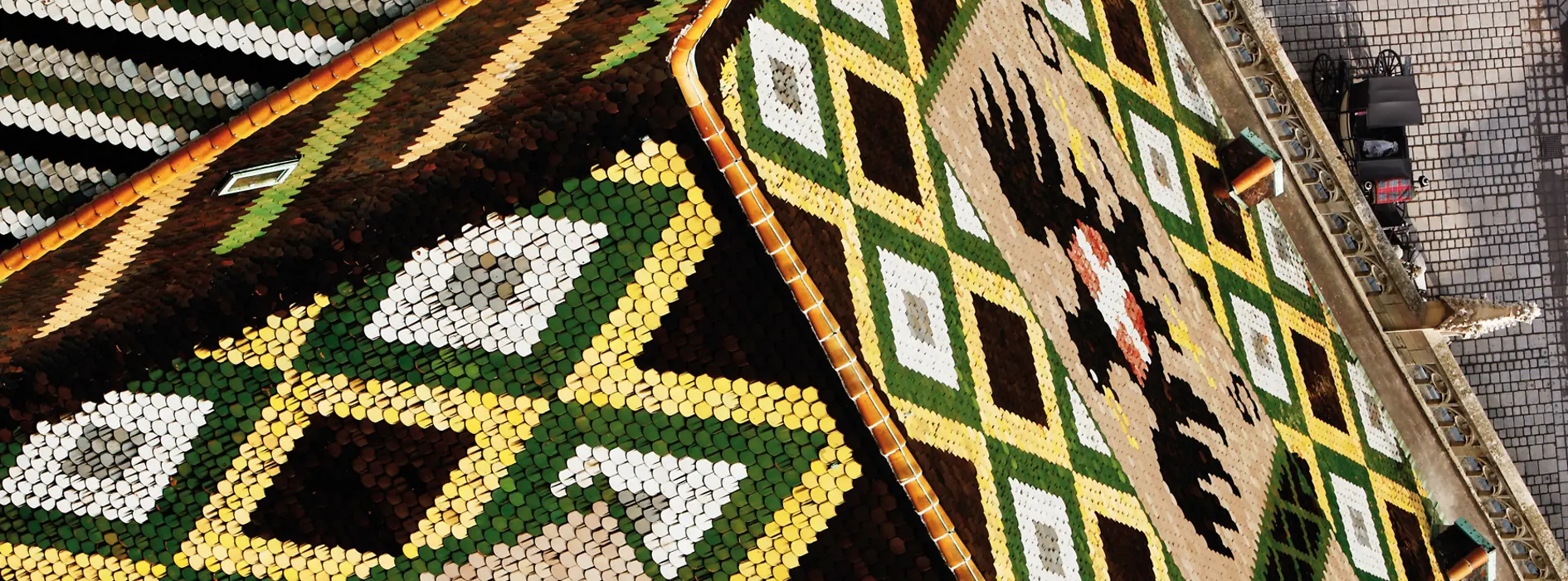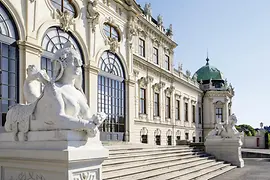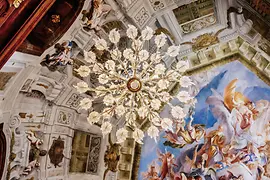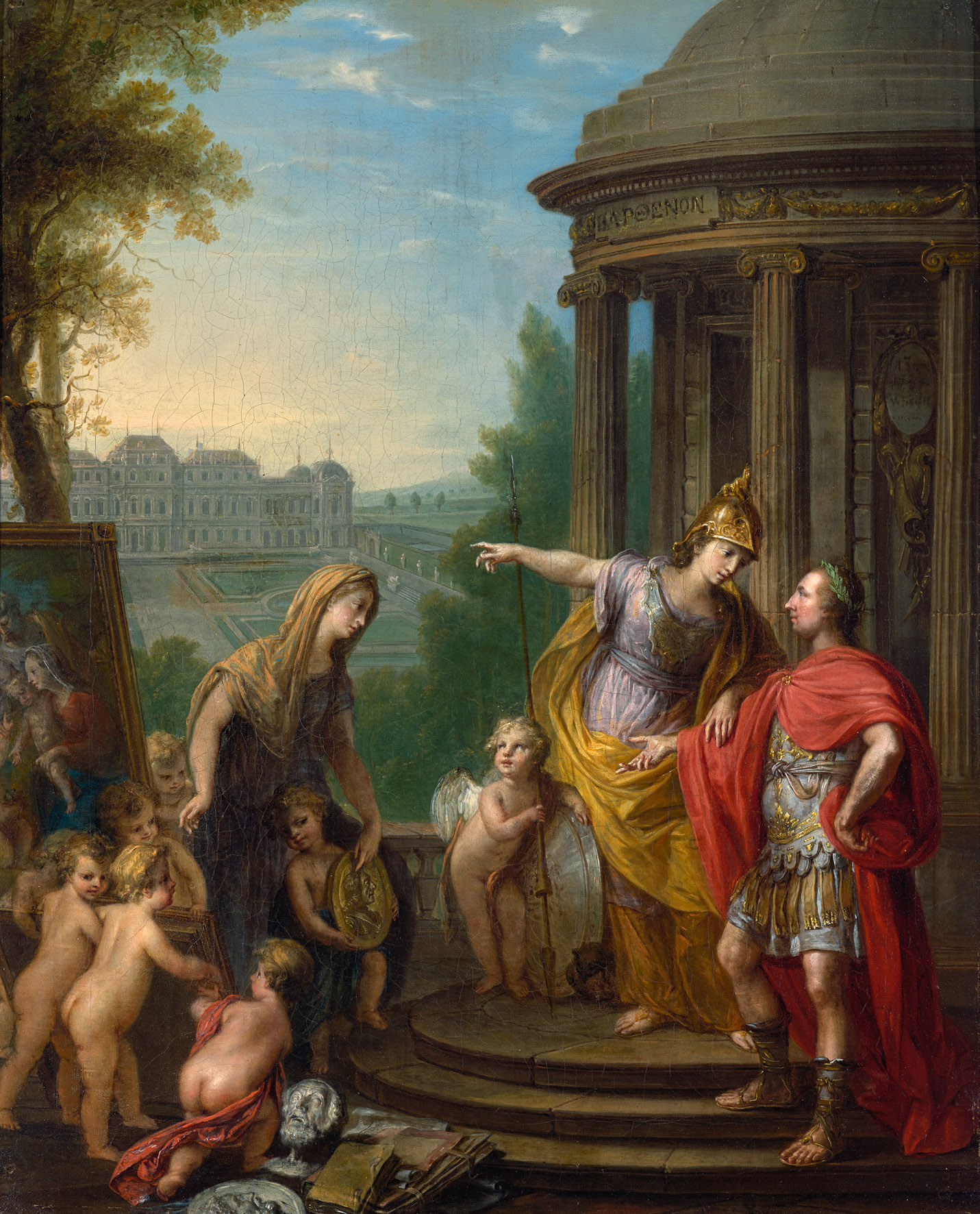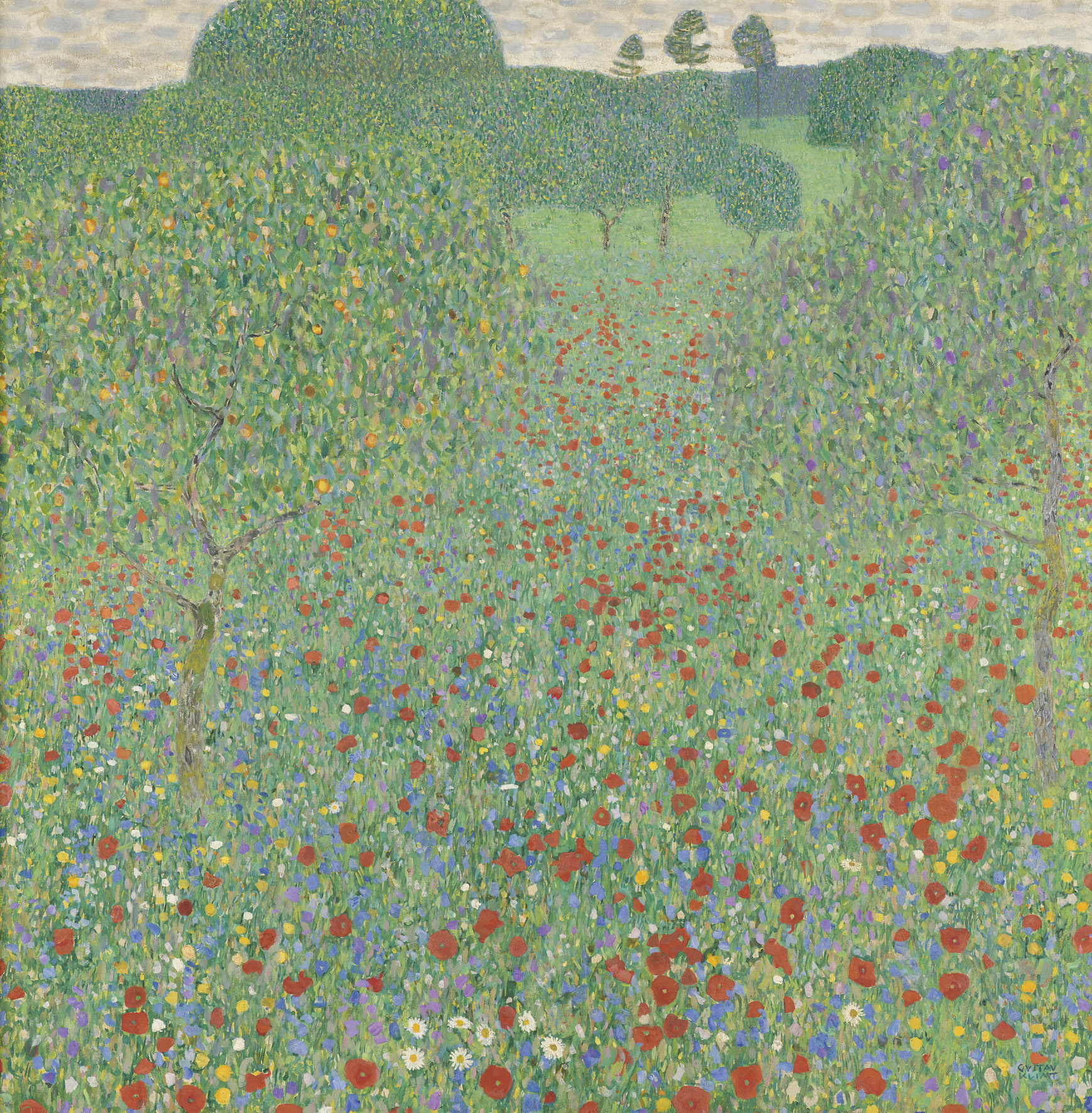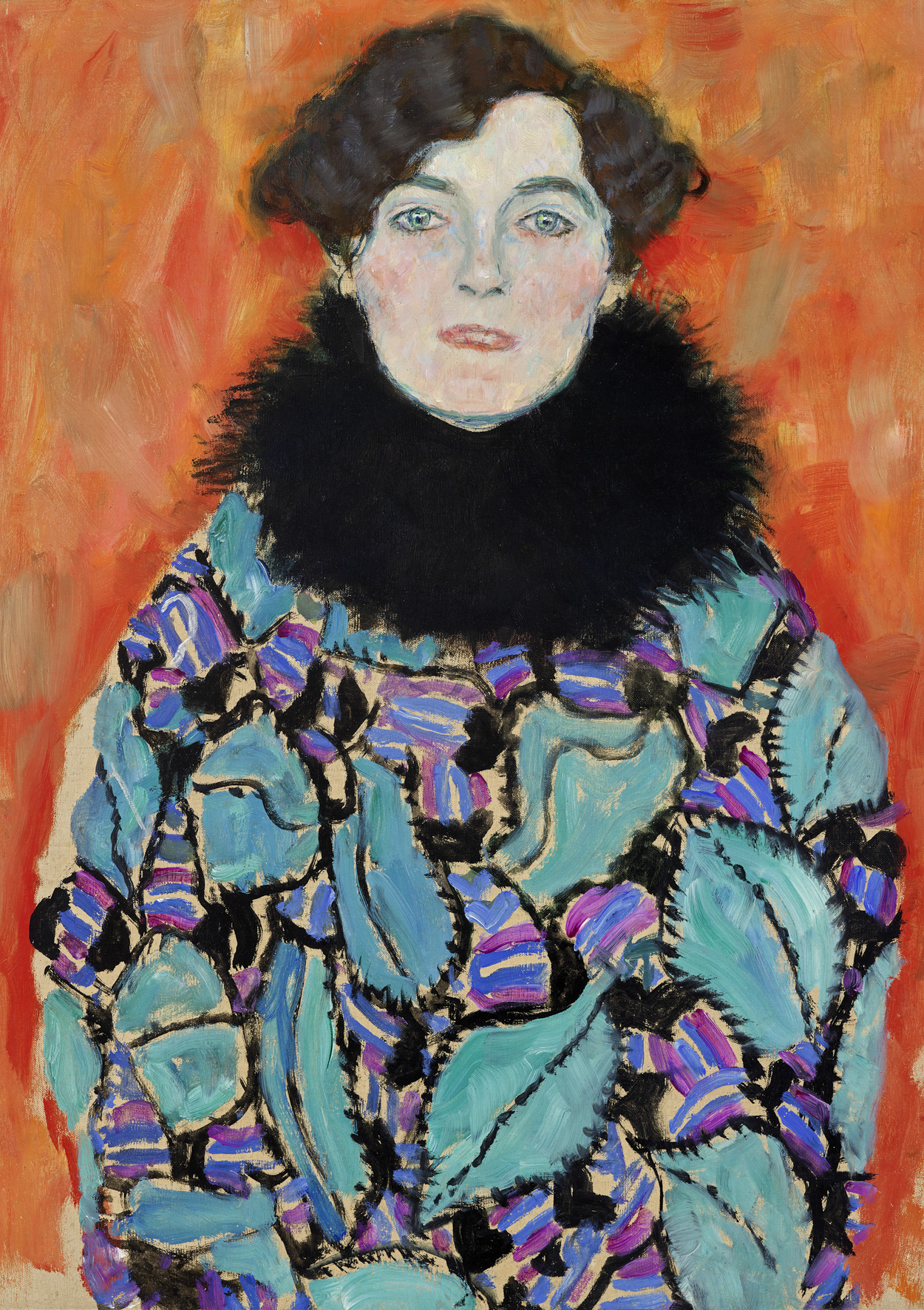Vienna Media News – September 2022 Belvedere: Packed 300th Anniversary Program
Vienna, 1723: the Upper Belvedere, the magnificent Baroque building commissioned by Prince Eugene of Savoy from architect Johann Lucas von Hildebrandt, is completed on an elevated plot of land outside the city gates after several years of construction. While the palace was mainly used by the great Austrian military commander and art lover for formal occasions during his lifetime, after his death it was eventually given a new lease on life in 1781 as a gallery where the imperial art collections were put on display – making it one of the first museums in the world to be open to the public. Today, the Austrian Belvedere Gallery (or Belvedere for short) comprises three museums: the two palaces (the Upper and Lower Belvedere), and contemporary art museum Belvedere 21.
Tradition and New Beginnings
The Belvedere is serving up a packed and varied program to mark its 300th anniversary. Golden Spring – the motto chosen for the milestone celebrations – references two of the institution's founding principles: gold stands for tradition, while the spring element is inspired by sacred spring (ver sacrum) – a notion anchored in the public consciousness by the fin-de-siècle Viennese Secessionist movement, heralding new beginnings. The aim is to move forward with fresh visions, while also preserving old principles. And the anniversary program reflects exactly that.
The anniversary activities will focus on two major exhibition projects, both of which are being prepared at the Lower Belvedere. Opening in December 2022, the palace will be delving into its own history with a year-round show in the Orangery entitled The Belvedere. 300 Years a Place of Art, which is shaped by power and prestige, courtly celebrations and epochal events such as the signing of the Austrian State Treaty in the Marble Hall in 1955. The exhibition also focuses on the collections that have been built up over the centuries.
Initially postponed due to the pandemic, a special exhibition entitled Klimt. Inspired by Van Gogh, Rodin, Matisse... will launch in early February 2023. The focus is on the question of who inspired the Viennese Art Nouveau figurehead Gustav Klimt (1862-1918). Together with the Van Gogh museum in Amsterdam, the show follows a trail that starts with his artistic forebears. In a striking juxtaposition, the show will display around 90 works by Klimt and his fellow artists. Also to coincide with the 300th anniversary, the Upper Belvedere is redesigning its exhibition collection, ready for a return to its former glory in March 2023. The focus is on the question of the relationship between artists and their time, and how their working methods reflect the eras that spawned them.
Sculptures, Female and Young Art
The anniversary year will be complemented by an extensive, diverse and forward-looking program with social responsibility at its heart. In an extension of the founding idea of the Belvedere as a modern museum, examples of regional and international art will be shown together – and juxtaposed against one another. Between May and September 2023, an ambitious sculpture project will be presented in the Belvedere Garden. Under the title Public Matter. Contemporary Art, it comes as a complement to the Baroque sculptures found at the three locations. Retrospectives on artists including Louise Bourgeois, the mother of the feminist avant-garde, are also planned at the Lower Belvedere, while another at Belvedere 21 will look at the work of Renate Bertlmann. The young Viennese art scene will also be headline news at Belvedere 21 thanks to a relaunch of 2019 exhibition On the New.
The anniversary program will be accompanied by various publications covering a wide range of subjects including the museum and its history, as well as numerous events, workshops, and participatory projects. Preparations are also gearing up for a number of ceremonial events and digital projects, with Exhibition Timeline of the Belvedere: 1924 – Present among the upcoming digital contributions. This online feature lets art fans run the rule over a fascinating cross-section of the special exhibitions held over the past 100 years.
World-Famous Cultural Institution
Known far beyond Austria’s borders, the Belvedere is a cultural institution whose exterior architecture is as impressive as the art inside. The two palaces – the Upper and Lower Belvedere – and the magnificent formal gardens that connect them form one of the most important ensembles of the Austrian Baroque. Named a world cultural heritage site by UNESCO, it is one of the most visited landmarks in Austria.
Austrian art is presented in an international context at all three sites – the third element, originally known as the 20er Haus but renamed Belvedere 21, was incorporated in 2002. The world-famous art collection includes works from the Middle Ages to the present day. The Belvedere owns the world's largest collection of paintings by Gustav Klimt (24 in total) as well as prominent Viennese Biedermeier, Austrian Baroque, fin-de-siècle Vienna and French Impressionist works.
Additional information: Austrian Gallery Belvedere, Prinz-Eugen-Strasse 27, 1030 Vienna, www.belvedere.at
Contact
Helena Steinhart
Media Relations
+43 1 211 14-364
helena.steinhart@vienna.info
